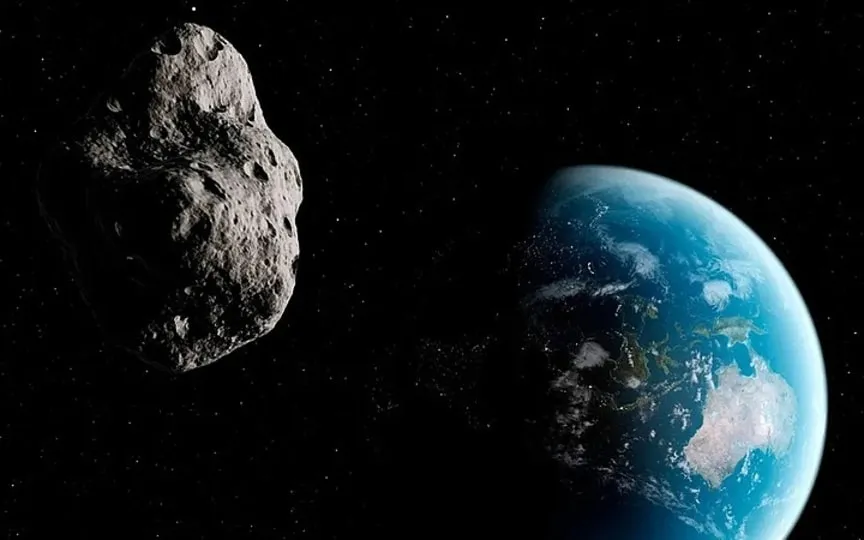Asteroid 2023 WG being monitored by NASA; expected to approach Earth at a distance of 6.7 million km today
NASA has classified asteroids as ancient celestial bodies that originated during the early stages of our solar system’s formation approximately 4.6 billion years ago. The majority of these asteroids are concentrated in the main asteroid belt, which lies between Mars and Jupiter. However, occasionally, the paths of these asteroids intersect with Earth’s orbit, resulting in what is known as a “Close approach.” Utilizing its state-of-the-art space and ground-based telescopes, NASA has recently disclosed that an asteroid, named 2023 WG, is projected to pass by Earth at a relatively close distance today, December 8. Discover more about this imminent encounter.
Asteroid 2023 WG: Details
The asteroid, named Asteroid 2023 WG, is on its way to a very close pass by Earth today, December 8. NASA revealed these details after tracking the asteroid’s orbit with its satellites and space and ground-based telescopes such as NEOWISE, Catalina Sky Survey, Atacama Large Millimeter/Submillimeter Array (ALMA), Pans-STARRS1 and more. According to the details, Asteroid 2023 WG is expected to pass the Earth at a distance of 6.7 million kilometers.
According to NASA, this space rock belongs to the Cupid group of Near-Earth Asteroids, which are near-Earth asteroids whose orbits are outside the Earth but inside Mars. The asteroid is named after the asteroid 1221 Cupid discovered by the Belgian astronomer E. Delporte in 1932. It is already climbing at a speed of about 23687 kilometers per hour, which is much faster than Intercontinental Ballistic Missiles (ICBM)!
How do these space rocks get close to Earth?
NASA says asteroids’ orbits can be altered by Jupiter’s massive gravity and occasional close encounters with planets like Mars or other objects. These accidental encounters can knock asteroids out of the main belt and throw them into space in all directions in the orbits of other planets.




